In the early hours of 20 November 1979 tens of thousands of worshippers gathered for dawn prayers at the Grand Mosque in Makkah, unaware they would soon become part of a historic tragedy. Moments into the prayer, 300 armed militants stormed the mosque, overpowering guards and taking thousands hostage.
This act of terror, orchestrated by Juhayman Al-Otyabi turned the holiest site in Islam into a battleground. The militants, including followers from Saudi Arabia, Egypt, the United States and Canada, proclaimed that their leader's brother-in-law, Mohammed al-Qahtani, was the Mahdi, the prophesied savior in Islam.
In the early hours of 20 November 1979, tens of thousands of worshippers gathered at the Grand Mosque in Makkah for dawn prayers, unaware that they would soon become part of one of the most traumatic episodes in modern Islamic history. Moments into the prayer, some 300 armed militants stormed the mosque, overpowering security personnel and taking thousands of pilgrims hostage.
The siege, orchestrated by Juhayman Al-Otyabi turned the holiest site in Islam into a battleground. The militants—drawn from Saudi Arabia, Egypt, and even the United States and Canada—proclaimed that Mohammed al-Qahtani, al-Otaybi’s brother-in-law, was the Mahdi, the prophesied redeemer in Islamic eschatology.
The group’s demands reflected a radical vision. They called for the expulsion of non-Muslims from Saudi Arabia and the elimination of Western influences, including modern technology and media. At the core of their ideology was a desire to return to what they believed were the pure, original ways of Islam, and to establish a theocratic state in preparation for what they saw as the imminent end of days.
Juhayman, a former member of the Saudi National Guard who had become an influential preacher, claimed to have received divine visions confirming Qahtani’s messianic status. The militants’ preparations were elaborate and calculated: weapons were smuggled into the mosque over several weeks, hidden in coffins during funeral prayers and in vehicles disguised as construction trucks.
The Saudi government faced a profound crisis. Armed intervention within the Grand Mosque was religiously impermissible without a formal fatwa—an Islamic legal ruling—which delayed the initial response. When security forces did launch an assault, it ended in failure, resulting in heavy casualties and prompting a broader mobilisation.
Over the following days, Saudi forces were joined by the National Guard, Pakistani military advisers, and French counter-terrorism specialists. After nearly two weeks of intense fighting, the siege ended on 5 December 1979. Security forces used gas and explosives to penetrate the militants’ fortified positions in the mosque’s underground chambers and reclaim control of the sacred site.
The human toll was devastating. More than 200 people—including worshippers, militants, and soldiers—were killed. In the aftermath, Juhayman and 63 of his followers were captured, swiftly tried, and publicly executed in cities across the Kingdom.
The siege of Makkah marked a turning point in Saudi Arabia’s modern history. It exposed deep currents of religious extremism and forced the state to respond by reinforcing conservative religious authority in public life. In the years that followed, stricter social codes were introduced, and the role of the religious police expanded significantly. Globally, the siege also served as a touchstone for future extremist groups, who drew both ideological and tactical lessons from the event.
Though rarely discussed openly today, the 1979 siege left a long shadow. It reshaped not only Saudi society but also the regional and global landscape of political Islam for decades to come.
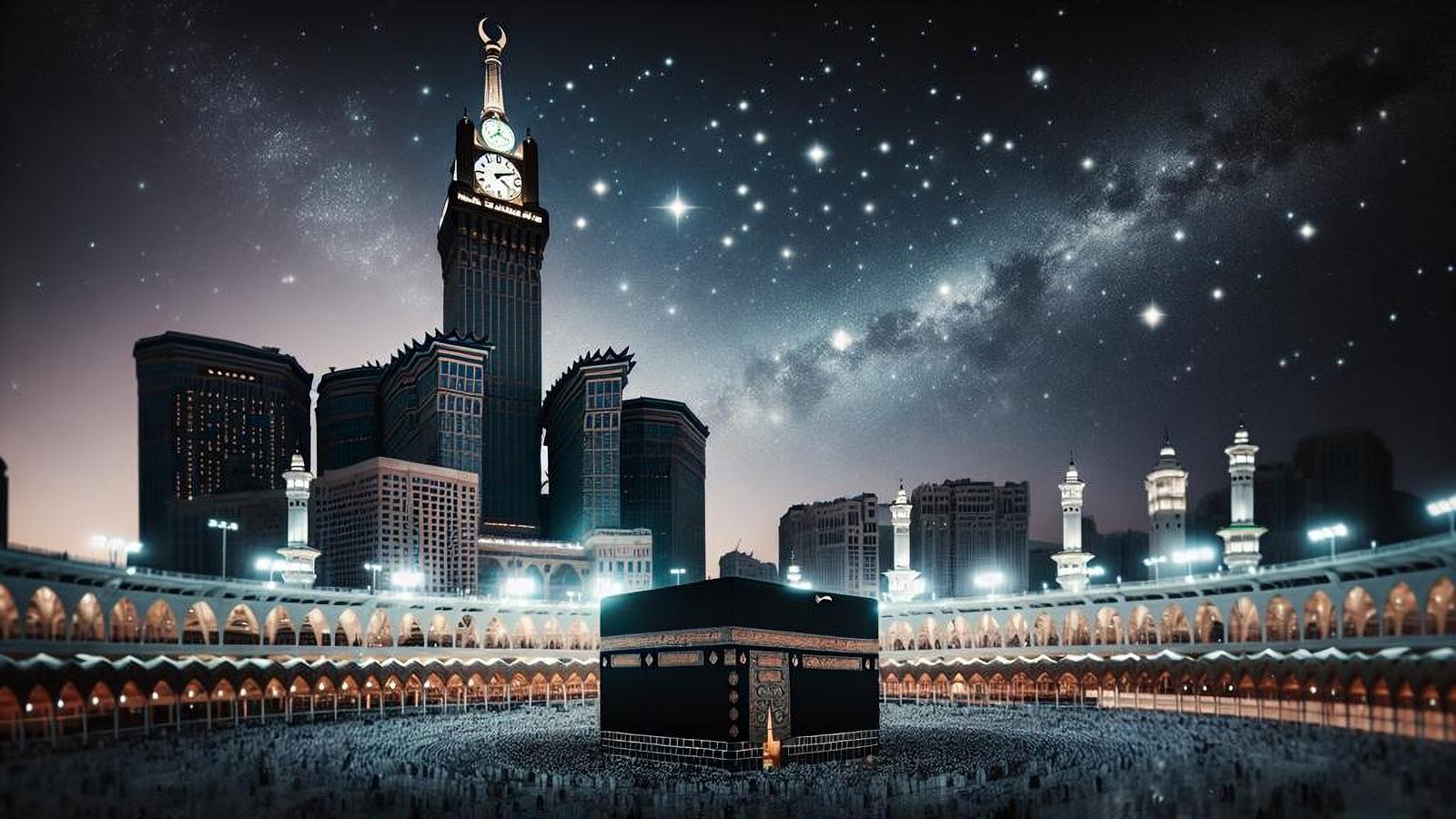
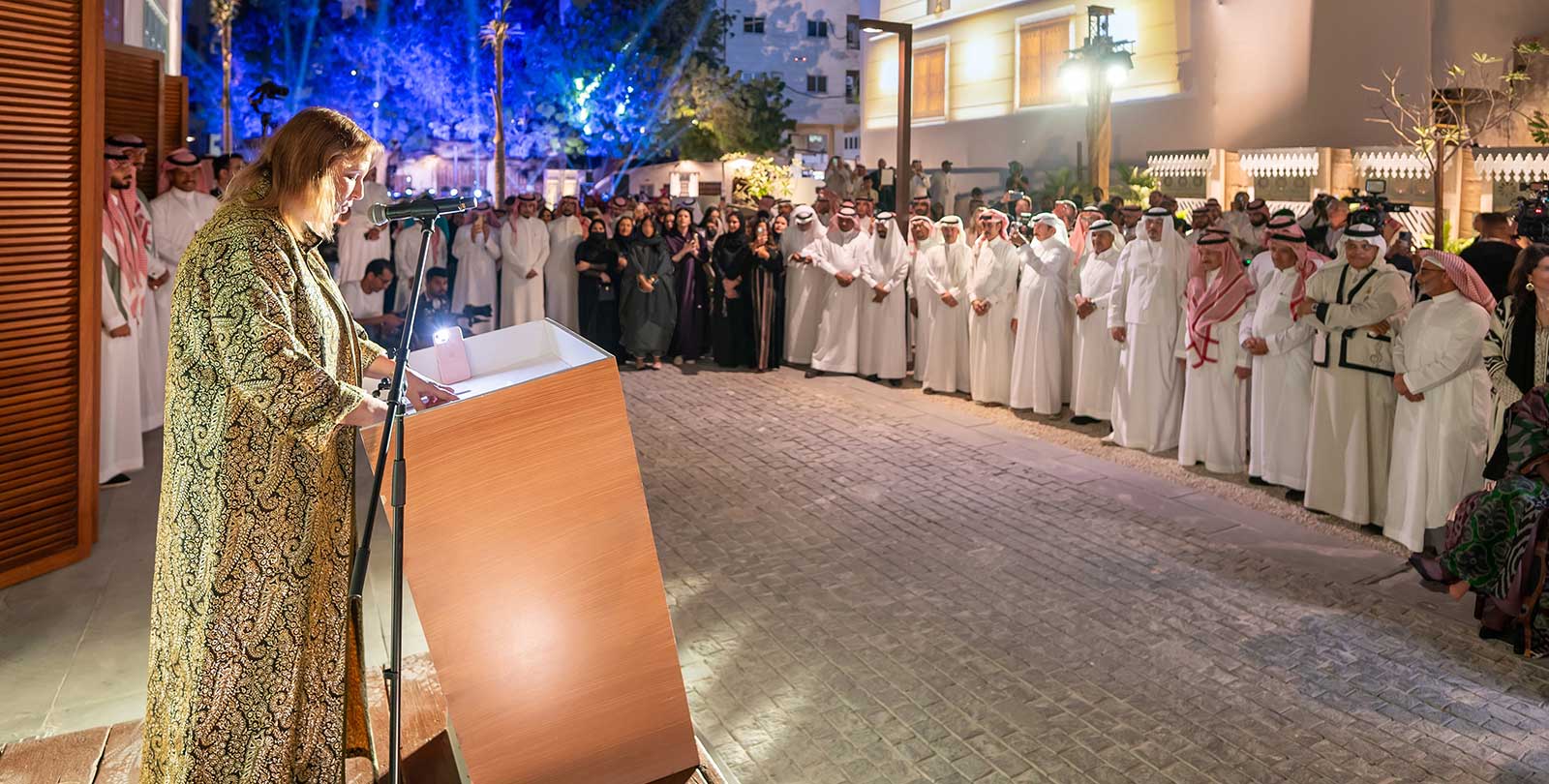
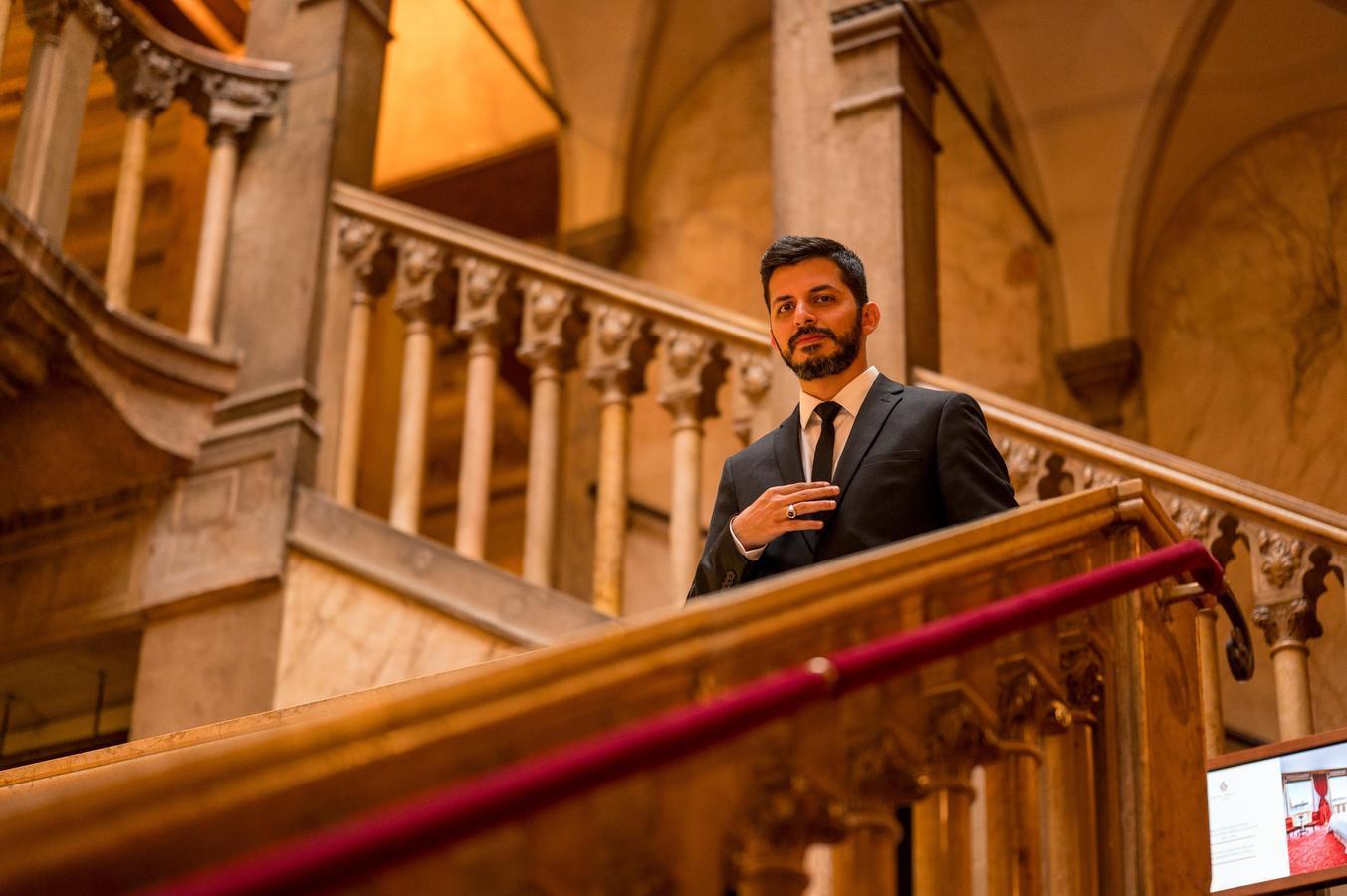


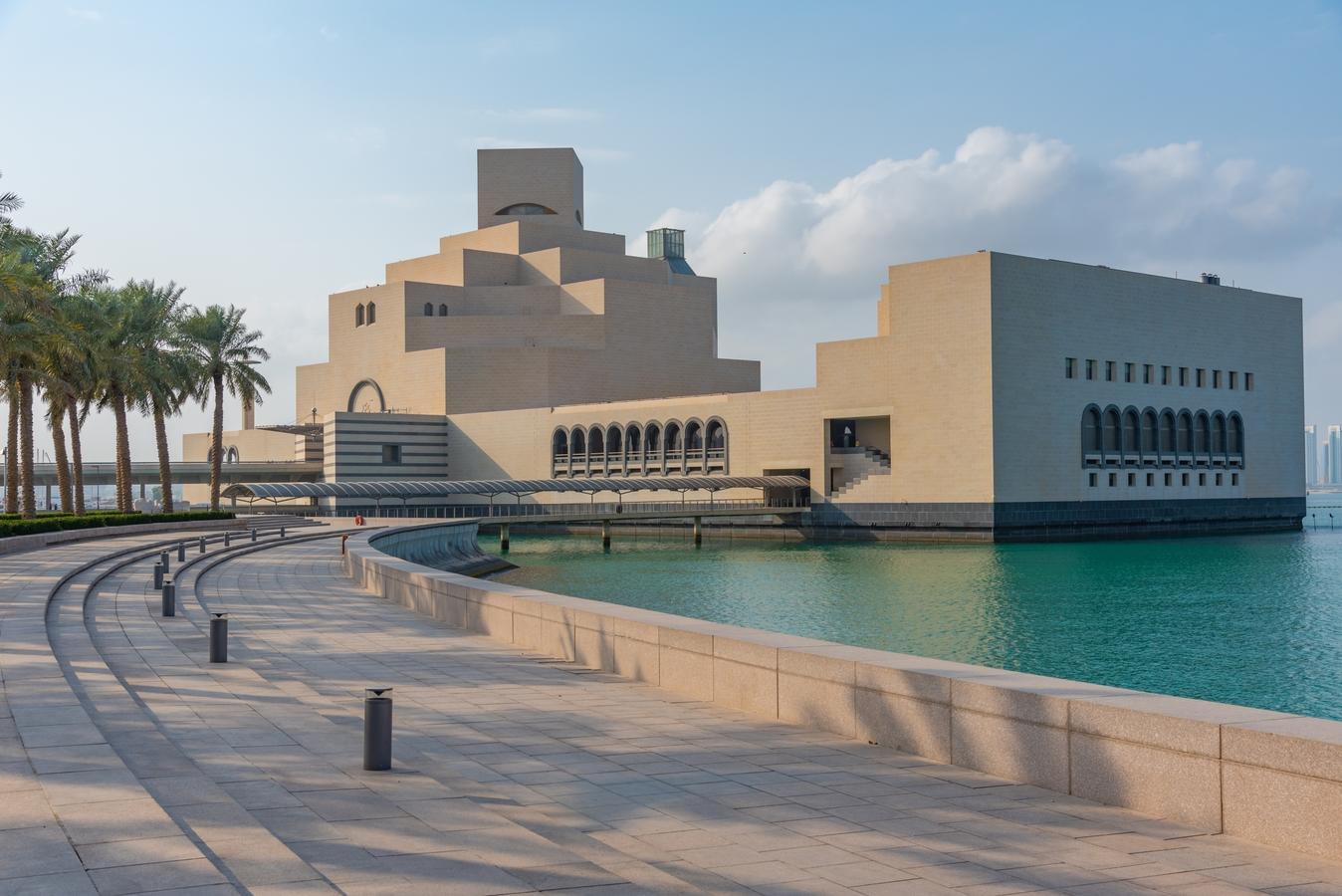
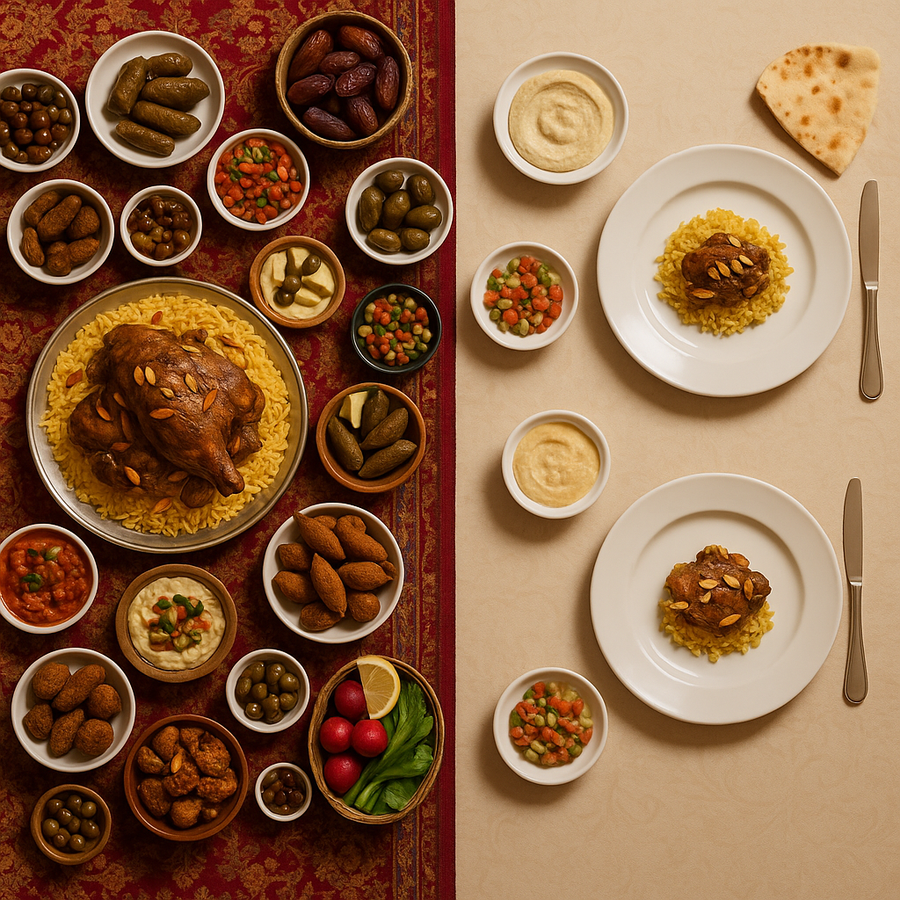
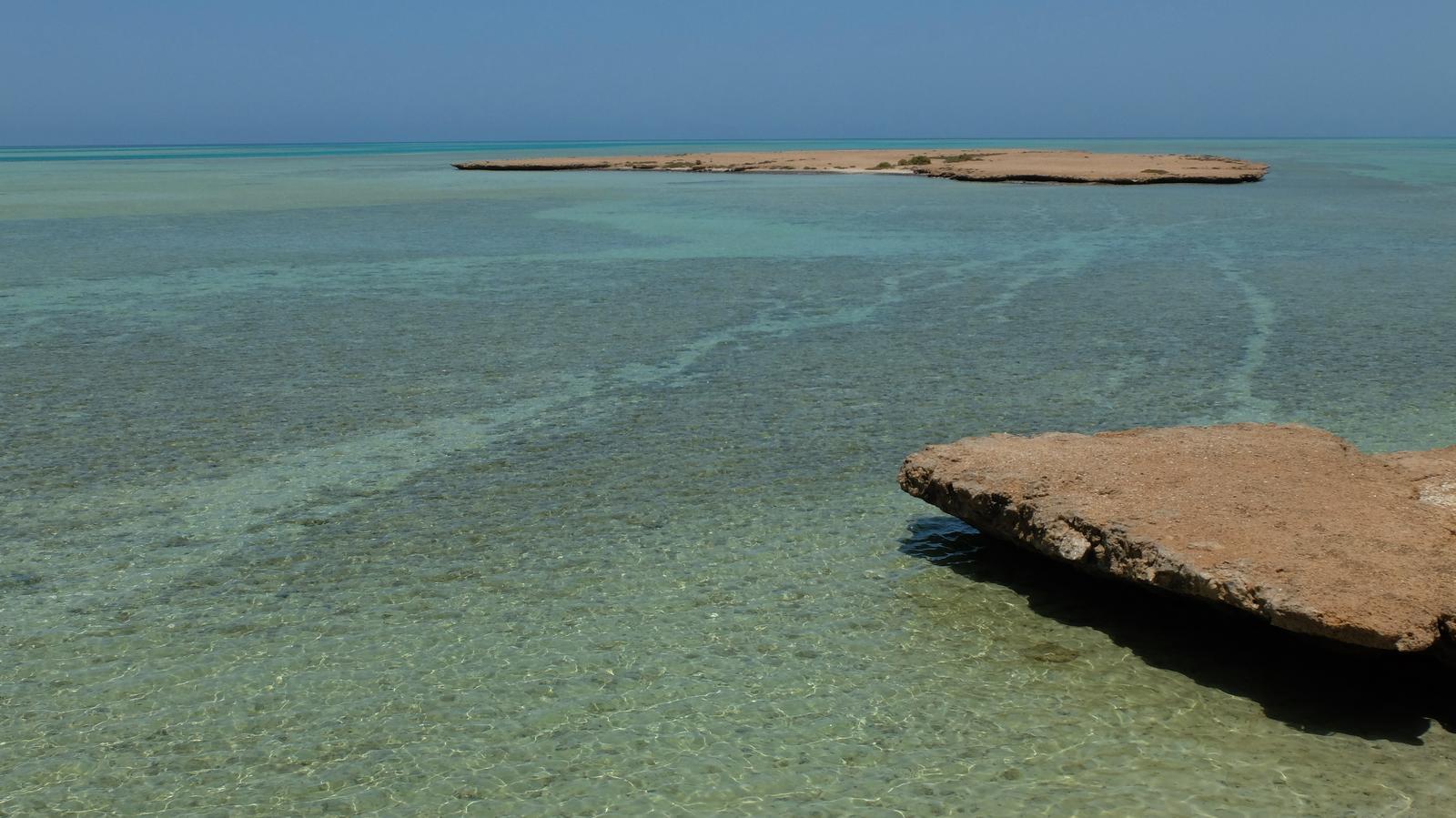
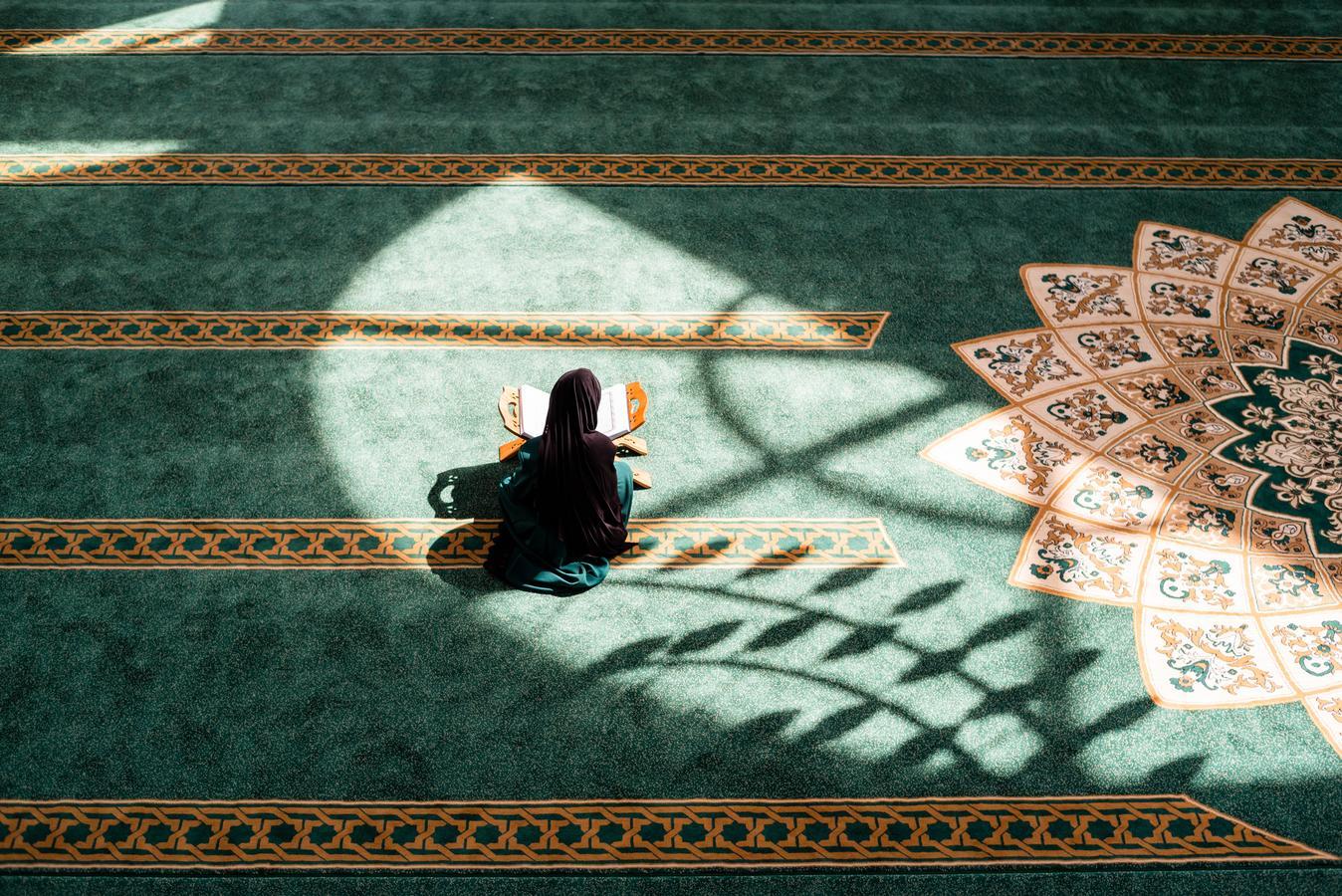
0 Comments
No comments yet. Be the first to comment!